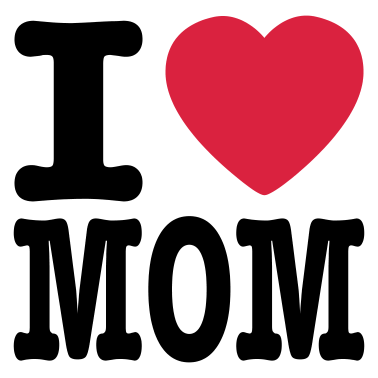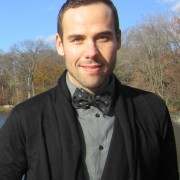5 Tips To Stop Blog Theft: The Copyright Info You Should Know
Blogging is a fantastic creative outlet, with so many people sharing their opinions online. Here at EDPR we’ve learned a lot through our blog, we’ve found our voice and have enjoyed the feedback from readers. But with all the positive, there is a downside. The Internet is a vast environment with some grey areas including plagiarism, cyber-bullying and questionable content. We thought you might like to know some tips and tricks to minimize your risk when blogging, so have a look at our suggestions below:
To protect your content, consider these practices:
1. Include a copyright notice
A simple notice at the end of your blog stating that what’s written is your property, while giving instructions on how to properly quote or use any of the content will deter people from plagiarizing.
2. Google Alerts & Google Reporting
Submit your content to Google Alerts, this service will notify you if the same content is published elsewhere. We all have better things to do than troll the internet for thieves, making this a useful tool. If you happen to get a report or discover your content elsewhere there is a way to report it to Google. Google will then contact the server/author and have the content revisited or removed.
3. Watermark your multimedia
If you are publishing original photos, videos or any other multimedia try including a watermark to make sure you’re recognized for your creative content. Here is a tutorial on adding a watermark to your photography through photoshop. Remember, this is for the media you create: when using other people’s images be sure to include sources to recognize the original author.
4. Be Organized
- Create a folder including everything you write, post and create, including multi-media.
- If you receive sponsorship be sure to keep track of contacts, receipts, payments and notes on all interactions.
- Back it up! Back it up! Back it up!
5. Know the Law
- While plagiarism isn’t considered a legal offence (it is a moral and ethical offence), copyright infringement is a serious infraction as defined below:
“Copyright provides protection for literary, artistic, dramatic or musical works (Including computer programs) and other subject-matter known as performer’s performances, sound recordings and communication signals.” – “A Guide to Copyright.” Government of Canada, Industry Canada, Office of the Deputy Minister, Canadian Intellectual Property Office. Web. 23 Sept. 2014.
- “Fair dealing” under the Copyright Act of Canada is the understanding that it is ok for people to use copyrighted works in certain contexts, such as journalism, commentary, private study, criticism or satire. What this means is one can take someone else’s writing and include it in a post with links and sources to the original creator.
- Photography is automatically copyrighted as it is an artistic work. If the artist is concerned about reproduction, they can submit it to the Canadian Copyright Office. Another form of protection is a copyright symbol or watermark to deter unlawful reproduction.
Since there are a few grey areas in the world of blogging, err on the side of caution when creating posts: always cite written and multi-media content, consult local laws concerning copyright or talk to a lawyer.
Have more tips to keep yourself protected? Leave them in the comments below!













Leave a Reply
Want to join the discussion?Feel free to contribute!